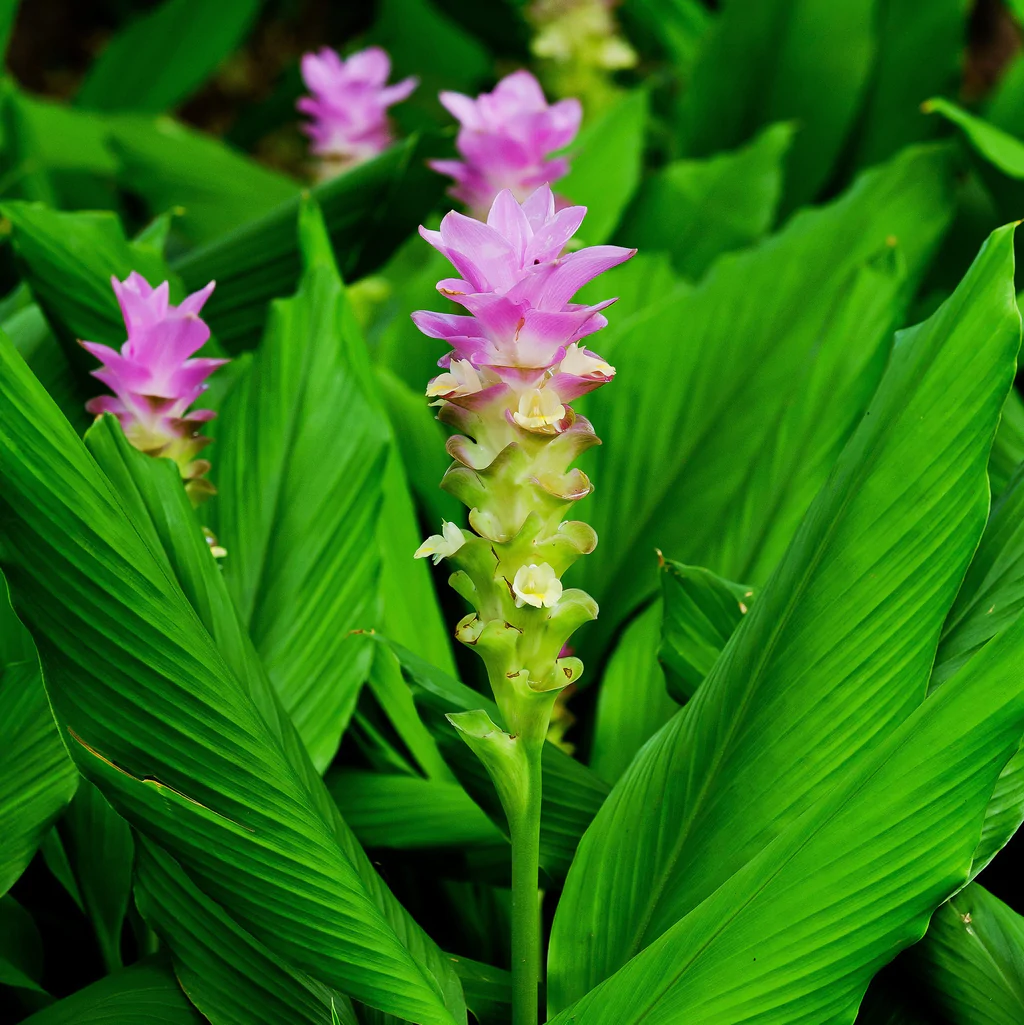Turmeric

In Religion and Mythology
manjal kappu
Turmeric plays a very important role in Hindu and Buddhist ceremonies. It is associated with purity, prosperity and fertility. Turmeric mixed in water is poured on idols of deities as a part of the ritual ‘abhishekam’. Turmeric paste is also anointed over the idols, especially in south Indian temples. This is referred to as ‘manjal-kappu’. The Patala root is one of the ten ingredients in ‘Dashamula’, a popular Ayurvedic formula for fatigue. The flower is used for removing intestinal worms and is also used to treat mental disorders, jaundice and venereal diseases. The leaf extracts acts against breast tumors. The oil is used in perfumes and medicines.
Dried turmeric root along with vermilion (manja-kumkumam) is given to women during ceremonies / festivals. It is considered to be very auspicious. Turmeric paste also forms an important part of Indian weddings. The paste is applied over the bride’s and grooms face and arms in many parts of India. In south India, the dried turmeric root tied in a thread coloured with turmeric powder (referred to as ‘thali’) is put by the groom around the bride’s neck as a symbol of marriage.
Turmeric rhizome is widely used in India as a culinary spice to add colour and flavour to food. It is shown to have anti-bacterial, anti-fungal, anti-inflammatory and anti-oxidant effects and is used in traditional medicines. Extracts from the rhizome are added to many cosmetic products.



Botanical Name: Curcuma longa
Common Name: Turmeric, Haldi (Hindi), Manjal (Tamil), Haridra (Sanskrit)
Distribution: Cultivated throughout India